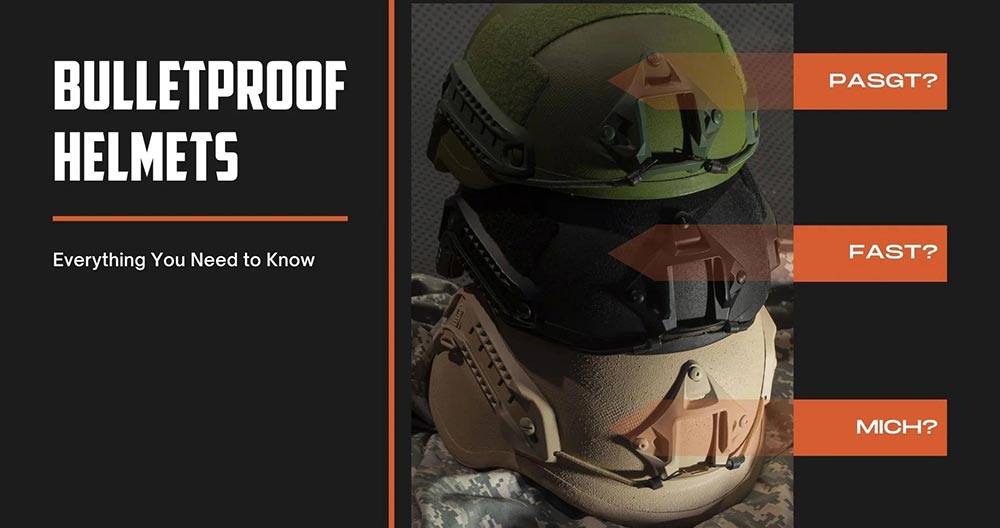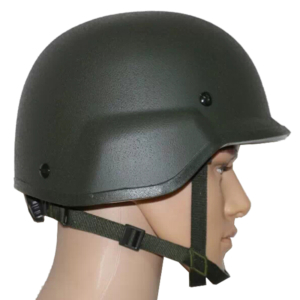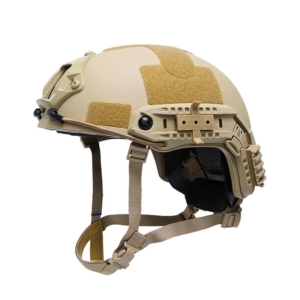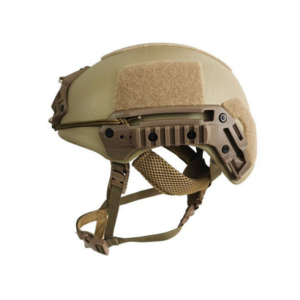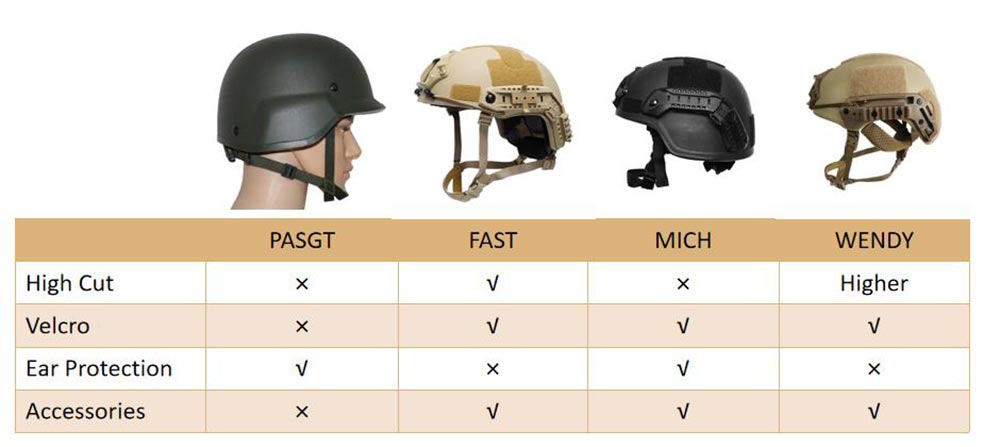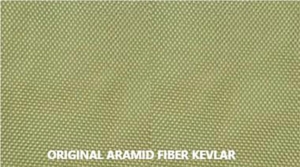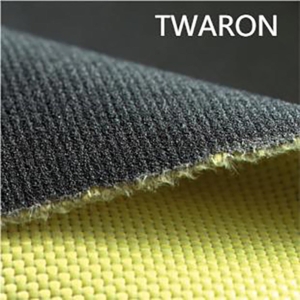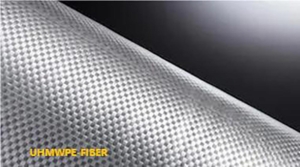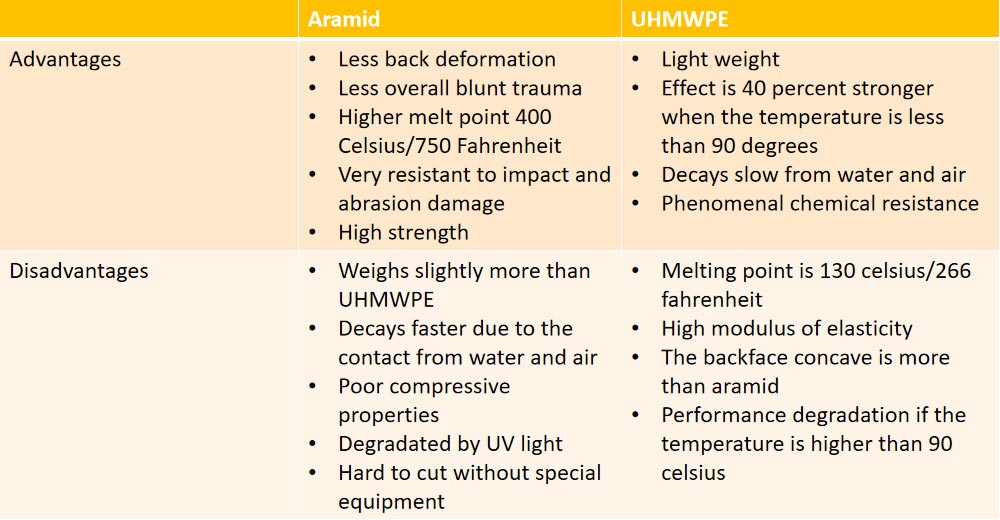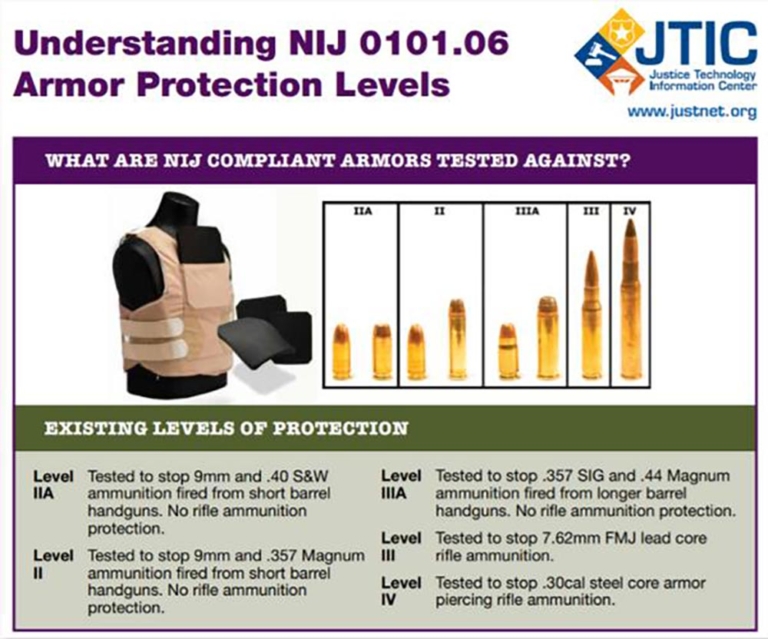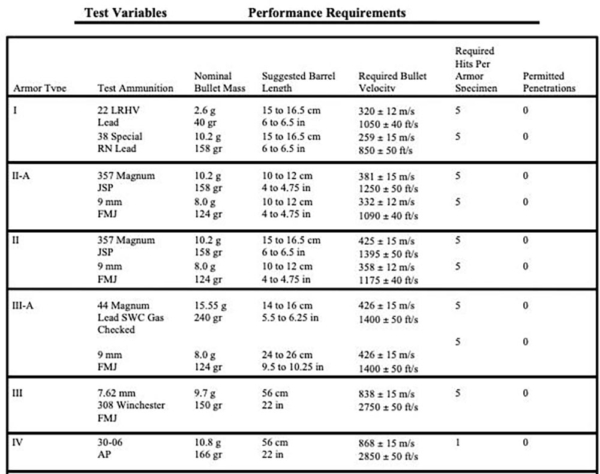[flexy_breadcrumb]
Military and law enforcement personnel, private security, emergency medical services, and explosive ordnance disposal, ballistic helmet is applied widely for those who risk their lives and contribute to our safety. Bulletproof helmet is definitely the just choice for the protection of our security. However, the question comes. How to choose the proper one in so many types of helmets? Here raises the guide complete.
- Types of Bulletproof Helmets and Their Usage
- Material of Bulletproof Helmets and Performance Comparison
- the Signification of NIJ Level
A. Types of Bulletproof Helmets and Their Usage
There are different types of ballistic helmets designed to provide protection against ballistic threats. Below is a simple introduction of the main 4 types helmets.
1. PASGT(Personnel Armor System for Ground Troops): This helmet was widely used by the U.S. military and features a Kevlar shell with a suspension system for comfort and impact absorption.
2. FAST(Future Assault Shell Technology): This helmet is designed for special operations forces and features a lightweight carbon fiber shell. It offers enhanced ballistic protection and has modular accessories for customization.
3. MICH (Modular Integrated Communications Helmet): This helmet is designed to accommodate communication devices and accessories. It provides ballistic protection and allows for easy integration of communication systems.
4. High Cut (WENDY)Helmet: This type of helmet has a higher cut around the ears, allowing for better peripheral vision and communication. It is often used by special forces and SWAT teams.
It is important to note that the level of ballistic protection may vary among different helmet types. It is crucial to choose a helmet that meets the specific requirements and threats of the intended use. So we made a chart for you to better know the difference between these four types.
B. Material of Bulletproof Helmets and Performance Comparison
Ballistic helmets are typically made from layers of Kevlar or Ultra-high-molecular-weight polyethylene (UHMWPE, UHMW) fibers that have been pressed at a constant temperature and pressure for a set amount of time.
1. Aramid Material
Aramid is a class of synthetic fibers that are lightweight, super-strong, and heat resistant. These properties make them perfect for military and defense applications like making ballistic body armor and ballistic helmets.These days, most modern Ballistic helmets are made with Kevlar and Twaron, both of which are Aramid materials. Aramid matrix helmets offer flawless ballistic performance and provide very small back face deformation combined with a high V-50 factor. This type of bulletproof helmet offers very good ballistic performance against pistol calibers and shrapnel.
2. PE Material
PE stands for Polyethylene, which is a very common and strong synthetic plastic that is also used to make ballistic helmets. PE helmets are made using Ultra-High-Molecular-Weight polyethylene which can be even stronger than Kevlar and other Aramid materials. When it comes to impact protection, ballistic helmets made from Aramid fibres like Kevlar and Twaron have usually higher ratings in general.
To clearly manifest their performance, we made a chart to compare their advantages and disadvantages, which can help when you make a decision.
C. the Signification of NIJ Level
Beginners may confuse when it comes to the specification NIJ. They don’t have an exact conception of NIJ Level. Then the following introduction can help you.A good place to start is the National Institute of Justice (NIJ), which sets standards for body armor, ballistic-resistant materials, and, to a lesser extent, helmets.
Today, ballistic helmets are commonly promoted as NIJ III-A, which basically means they protect against specific handgun threats.
The protection levels outlined by NIJ’s Ballistic Resistant Protective Materials Standard (0108.01) can apply to a range of items. These levels define the ballistic resistance of any piece of equipment, including helmets:
Level IIIA protection according to 0108.01 ideally means that a helmet is tested to stop up to the following threats:
1. 240 grain .44 Magnum rounds at a nominal velocity of 1,400 f/s.
2. 124 grain 9 mm Full Metal Jacket (FMJ) rounds at a nominal velocity of 1,400 f/s.
We Partner’s helmets cover all the four types, PASGT, FAST, MICH, WENDY above. We can even offer the customizable service. Professional personals as professional supplier, that’s the way we pursuit. Contact us directly just the moment.

